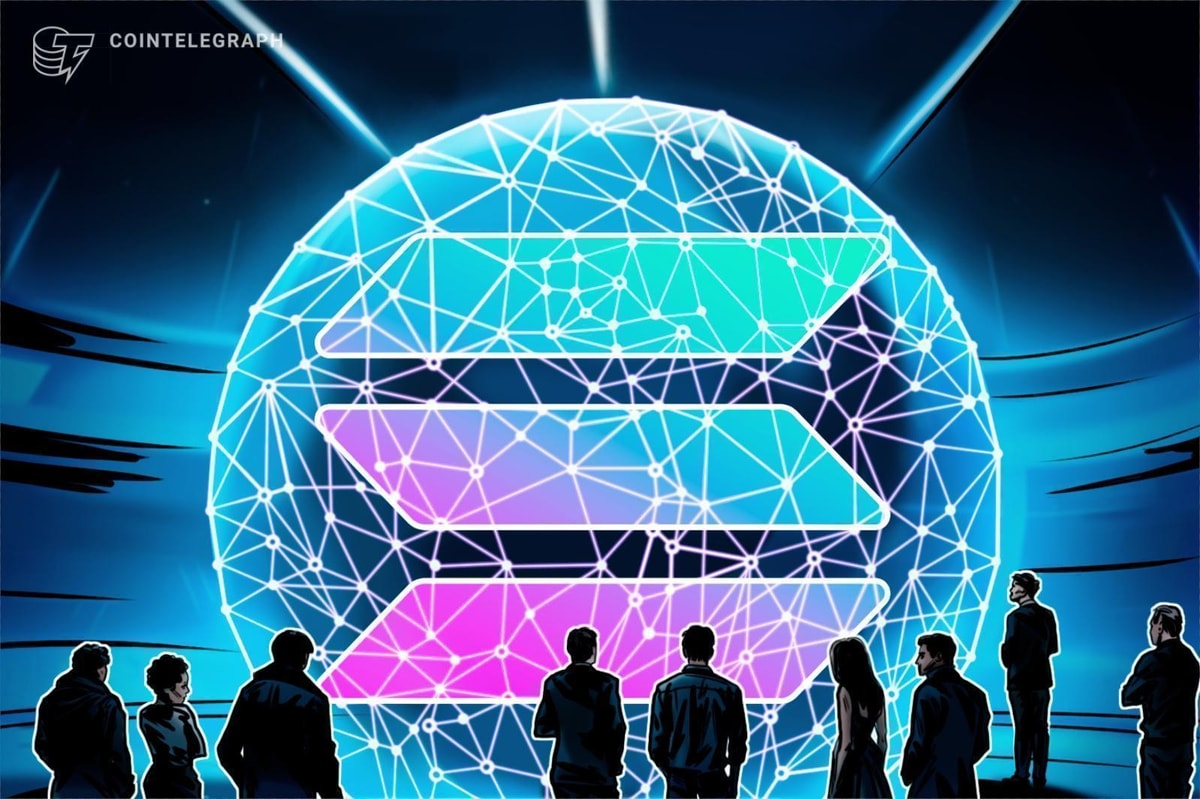Ethereum co-founder Vitalik Buterin has praised Ethereum layer 2 Base’s approach to decentralization in response to recent concerns over Base’s sequencer and whether it should be treated as an exchange.
“Base is doing things the right way: an L2 on top of Ethereum, that uses its centralized features to provide stronger UX features, while still being tied into Ethereum’s decentralized base layer for security,” Vitalik Buterin said on Tuesday.
He added that the Coinbase layer-2 does not have custody over your funds, “they cannot steal funds or stop you from withdrawing funds.”
True layer-2s are non-custodial, he continued. “They are extensions of Ethereum, not glorified servers that happen to submit hashes.”
Buterin’s comments came amid recent cynicism over the definition of layer-2 networks and concerns of centralization. L2s have been thrust into the spotlight following comments by Securities and Exchange Commissioner Hester Peirce in a podcast on Sept. 7.
Are L2s the same as exchanges?
Many layer-2s use centralized transaction sequencing to provide better rates and prevent front running by bots. Peirce alluded to potential regulatory implications if these “matching engines” behave like centralized exchanges.
“If you have a matching engine that’s essentially controlled by one entity that controls all the pieces of that, then that looks a lot more like an exchange, and we’re going to have to think about that.”
However, she also said that if the assets that are being “matched” are not securities, “then we don’t have a lot to say about it.”
Layer 2s are infrastructure providers like AWS
Coinbase chief legal officer Paul Grewal argued that calling layer-2 sequencers like Base “exchanges” fundamentally misunderstands their role and function.
The SEC defines an “exchange” as providing a marketplace for bringing together buyers and sellers of securities, he said, adding that layer-2s are “general-purpose blockchains that operate as infrastructure.”
They process messages as code, calling smart contracts, and batch all transactions, whether they are payments, calls or messages.
Related: Vitalik Buterin proposes minimalism as key to layer-2 blockchain success
He compared layer 2s such as Base to Amazon Web Services: Both run code provided by developers, including exchange applications, but that doesn’t make the infrastructure provider itself an exchange.
“If an exchange runs on AWS, is AWS an exchange? Obviously not.”
Sequencers are not matching engines
Base co-founder Jesse Pollak followed up with more details on how sequencers function.
Users can transact through Base’s sequencer or directly through Ethereum, maintaining full decentralization and censorship resistance, he said.
“It’s like a traffic controller ensuring smooth flow through a high-priority traffic lane that enables vehicles to get where they’re going faster.”
He also cleared up the matching engine misconception, stating that sequencers do not act as “matching services” or engines like those in traditional exchanges.
“Matching engines pair buy and sell orders at specific prices to execute trades. Sequencers don’t do that — they simply determine the order in which transactions are processed.”
If layer 2s were classified as exchanges, they would need to register with the SEC as securities exchanges, comply with extensive regulatory requirements, and potentially face restrictions on operations, hence the industry pushback.
Magazine: What are native rollups? Full guide to Ethereum’s latest innovation
Read the full article here















